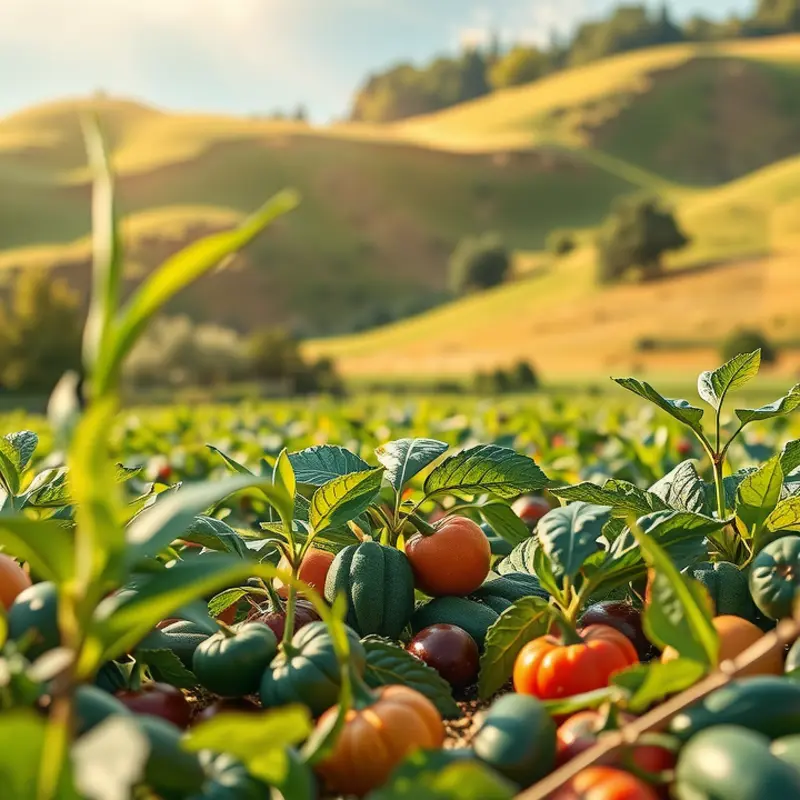Chopping is a fundamental skill in cooking, but it’s crucial to do it safely and efficiently. By embracing proper techniques, not only can you improve your kitchen skills, but you’ll also enhance your overall cooking experience. Whether you’re a novice or a seasoned home cook, mastering safer chopping methods will boost your confidence and help you create delicious meals with ease. Let’s dive into effective and easy-to-follow chopping techniques that prioritize safety without compromising your culinary creativity.
Gathering Your Tools for Safe Chopping

Before wielding a knife in the kitchen, having the right tools ensures not only efficiency but also safety. The cornerstone of any chopping activity is a sharp knife. Dull knives require more force, increasing the risk of slips and injuries. Therefore, regularly sharpening your knives is a non-negotiable aspect of kitchen maintenance.
To sharpen your knife effectively, you might use a sharpening stone or a honing rod. A sharpening stone is excellent for restoring the blade edge, while a honing rod helps maintain alignment between sharpening sessions. Always position your knife at the correct angle against these tools to ensure the edge is evenly honed.
Next, consider your cutting board. Stability is key. A board with non-slip grips is ideal, but you can also place a damp towel underneath to prevent sliding. When selecting materials, wood or bamboo are gentle on knives but need regular cleaning to prevent bacteria buildup. Plastic boards are easy to sanitize, making them suitable for raw meats. Keep in mind, size also matters; a board that comfortably fits the ingredients ensures safer handling.
Now think about the layout of your workspace. Organizing your kitchen efficiently minimizes distractions and unnecessary movements. A clutter-free environment allows more focus on the task at hand. Have your ingredients pre-prepped and within reach. Utilize small bowls to arrange pre-measured ingredients. This “mise en place” approach not only streamlines your process but also supports safer chopping by minimizing unexpected disruptions.
Understanding and maintaining your tools extends their lifespan and improves your skills. Regularly check the knife handles for any looseness or cracks. A secure handle gives better grip and control, reducing the risk of accidents. Store your knives in a wooden block or on a magnetic strip to keep the blades protected and easily accessible.
For further enhancing your food prep skills, including safer storage of sauces, check out this guide: Safer Storage of Sauces. It offers valuable insights into keeping your kitchen organized and efficient.
By intentionally gathering and maintaining your tools, you’ll not only master the art of safe chopping but also elevate your overall cooking experience.
Safe Chopping Techniques to Prevent Accidents

Understanding safe chopping techniques can significantly reduce the risk of accidents while cooking. One of the most effective methods to ensure safety is the ‘claw grip.’ By curling your fingers under and using your knuckles as a guide, you create a natural barrier against incidental cuts. This method allows for a controlled and steady chop, minimizing potential slips.
When handling a knife, always ensure the blade is facing away from your body. This not only maintains control but also safeguards against serious injury in case of a slip. Similarly, keep the hand not holding the knife clear of the cutting path. This simple precaution reduces the risk of accidental nicks that can occur during fast-paced cooking.
Applying smooth, even strokes when slicing is another key safety measure. Instead of aggressive, forceful chopping, these consistent motions afford greater control over the blade. This approach ensures precision, decreasing the likelihood of the knife slipping unexpectedly.
Consider cutting larger food items into smaller, more manageable pieces. This technique is especially helpful for items that are difficult to stabilize. Smaller pieces are easier to grip and control, making the chopping process safer and more efficient.
Practicing mindful chopping is crucial. Many accidents happen when home cooks rush through preparation. By taking your time, focusing on each cut, and eliminating distractions, you create a safer kitchen environment. Mindfulness here means attentiveness to each motion, ensuring deliberate and careful cutting.
A tidy workspace is also a vital aspect of safe chopping. A cluttered kitchen surface can lead to accidents. Ensure your workspace is free from unnecessary items that could divert your attention or obstruct your movement. A clear area keeps your focus solely on the task at hand and reduces the risk of accidents.
For further tips on maintaining a streamlined and efficient kitchen, consider exploring low-waste cooking prep. This can provide you with strategies to not only increase safety but also to enhance your overall cooking experience by minimizing chaos and maximizing precision.
Adhering to these safe chopping techniques ensures that each step in food preparation is conducted with care, fostering a secure cooking environment and helping you master the art of culinary safety.
Final words
Chopping safely isn’t just about preventing cuts; it’s about enhancing your entire cooking experience. By investing time in learning and practicing safer chopping techniques, you equip yourself with skills that boost your confidence and efficiency in the kitchen. Remember to choose sharp knives, maintain a clean workspace, and always use safe hand positions. With these habits, you’ll not only protect yourself but also enjoy the process of cooking more. So take these tips, practice them regularly, and watch as your kitchen skills flourish while you prepare delicious meals with zest!







